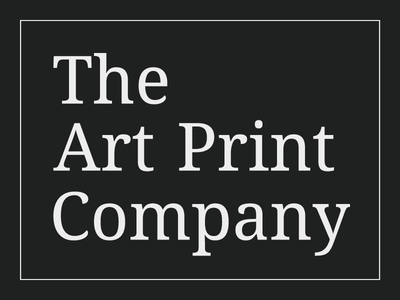Cocorico by Theophile-Alexandre Steinlen & Charles (Parijs) Verneau - Kitchen Wall Art Wrapped Frame Canvas Print
WRAPPED FRAMED CANVAS
Printed using only high quality inks on gallery grade 280 GSM fine art canvas. Mounted on a hard backed sturdy frame (4cm deep) and finished with a smooth matte finish to ensure a sharp vibrant image.Orders dispatched the next working day. Estimated UK delivery 1-2 days, international 8-10 working days or less.
Théophile-Alexandre Steinlen
Théophile-Alexandre Steinlen (1859–1923) was a Swiss-born French Art Nouveau painter and printmaker, best known for his iconic images of the bohemian Montmartre district in Paris during the late 19th and early 20th centuries. Born in Lausanne, Switzerland, Steinlen moved to Paris in his early twenties and quickly became immersed in the vibrant artistic and intellectual atmosphere of the city.
Steinlen was associated with the Montmartre neighborhood, which was a hub for bohemian and avant-garde artists. He became particularly well-known for his depictions of the Parisian nightlife, portraying scenes from cabarets, theaters, and the everyday life of the city's working-class people. His art often captured the atmosphere of the bustling streets, cafes, and entertainment venues.
One of Steinlen's most famous works is the iconic poster "Le Chat Noir" (The Black Cat), created for the famous cabaret of the same name. This poster features a stylized black cat and exemplifies his skill in using simple yet powerful imagery to convey a message. Cats were a recurring theme in his work, and he was known for his affectionate portrayals of these animals.
Apart from his work in commercial art, Steinlen was also involved in social and political causes. He contributed illustrations to various publications, including the famous satirical magazine Le Rire. His art often reflected his sympathies for the working class and his concern for social issues of the time.
Théophile-Alexandre Steinlen's legacy endures through his influential contributions to the Art Nouveau movement and his ability to capture the spirit of the Montmartre bohemian culture through his distinctive and evocative artwork.





